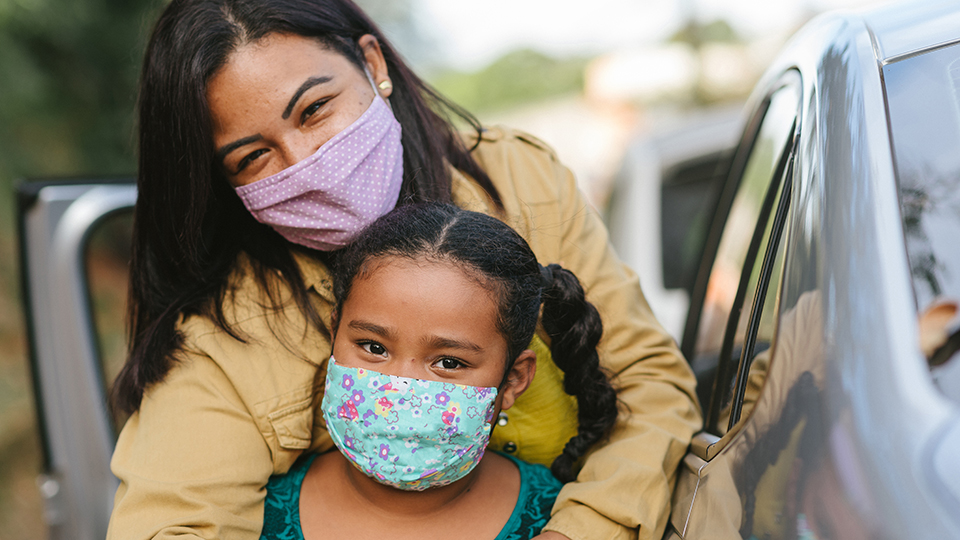The Child Health Imperative for Child Welfare Policy Reform
The American Academy of Pediatrics is a non-profit professional organization of 67,000 primary care pediatricians, pediatric medical subspecialists, and pediatric surgical specialists dedicated to the health, safety and well-being of infants, children, adolescents, and young adults. Safety, permanency, and well-being are the critical precepts that guide the work and mission of the child welfare system. Each of those precepts is deeply connected to the health and development of children, and for years the AAP has advocated to improve child welfare policies to better address the needs of children and families.
The Case for Meaningful Child Welfare Policy Reform
For the past year, the devastating COVID-19 pandemic has taken a heavy toll on the health and well-being of individuals, families, and communities. In addition to those with underlying health conditions, the pandemic has exacerbated inequities and disproportionately burdened communities of color, low-income and immigrant communities, incarcerated individuals, and others in living in congregate settings. Schools, workplaces, and public spaces have undergone dramatic changes that affect the way society learns, works and interact with each other. In the midst of the pandemic has also come a long overdue reckoning about systemic racism and the myriad harms it causes. This offered many institutions in society the opportunity to truly consider where they stand in the movement towards anti-racist systems. Pediatricians recognize there is still much work to achieve these aims within the medical profession, and the AAP’s members are committed to eliminating bias and racism within the healthcare community. That commitment also extends to other areas of policy that have implications for child health and well-being, including child welfare.
The pandemic and the national reckoning related to systemic racism provide clarity that current federal child welfare policy is insufficient to meet the challenges of the current moment. Child welfare agencies, service providers, and children, youth, and families have all adapted with creativity and ingenuity during the pandemic. But this crisis has only highlighted the fundamental limitations of our current federal policy framework, which relies too heavily on separating children from their families despite evidence that many families can safely remain together with well-resourced services and supports. These changes would also enable foster care, when it is necessary, to be of the highest possible quality. These considerations are critical during a time when child welfare systems face significant shortfalls in available resources and capacity to address the underlying needs that bring families to the attention of child welfare systems in the first place. Additionally, this burden is not equitably distributed, as low-income families of color disproportionately face the specter of a child protective services investigation and removal of a child for reasons primarily connected to poverty, systemic racism, and bias. Research indicates that African American children have twice the risk of experiencing foster care over their white peers. One particular study revealed 4.9 percent of white children will enter the system while 11 percent of African American children, and 15.4 percent of Native American children will experience foster care in their lifetime. Furthermore, children of color are more likely to remain in foster care longer, have more frequent placement changes, and age out of foster care. And pediatricians know that removal to foster care, even when necessary, further adds to the trauma children experience and the subsequent negative health effects it leads to. Everyone can and must do far better to ensure children are able to thrive.
Federal policymakers have worked in a bipartisan manner during the pandemic to allocate hundreds of billions of dollars in assistance to individuals, families, state and local governments, the healthcare sector, educational institutions, employers and businesses, and others. Notably, the pandemic relief package enacted in December 2020 through the Consolidated Appropriations Act, 2021 includes dedicated assistance for children and families in child welfare, particularly for youth who have aged out of foster care. This and other federal emergency aid are helping to meet urgent needs, yet children and families across the country face ongoing struggles in multiple facets of life: health and mental health, income and employment, education, housing, food security and more. With the new year and the availability of COVID-19 vaccines, there is anticipation and hope that the country can get on path to recovery, but experts caution that the months ahead may be some of the most challenging yet. And the underlying foundational policy challenges remain in need of solution.
Pediatricians see an incredible opportunity at this complex and challenging crossroads to create meaningful reforms in child welfare policy that would demonstrably improve the health and well-being of children and families. Pediatricians know that children in foster care will experience a disproportionate amount of trauma and are committed to finding solutions that will prevent trauma and reduce the need for foster care by supporting families. As policymakers struggle with the pervasive and synergistic health and economic effects of the COVID-19 pandemic and the over 400-year history of systemic racism in the United States, there is a fundamental need to reform federal policies to meet this moment, address longstanding inequities, and significantly improve outcomes. The AAP believes these reforms would lay a foundation for that vitally necessary shift.
Last Updated
04/16/2021
Source
American Academy of Pediatrics


